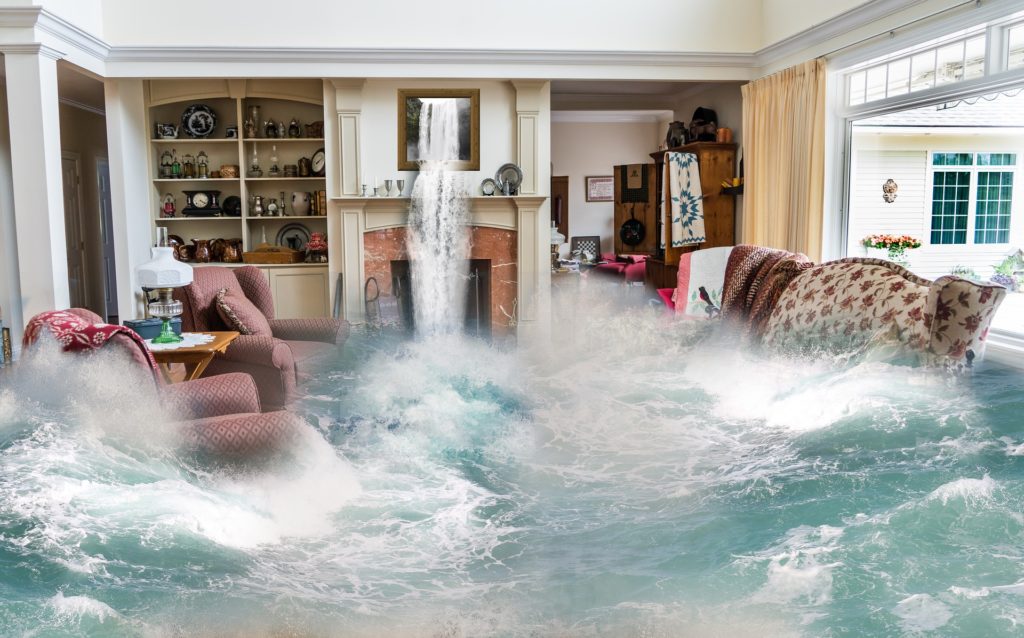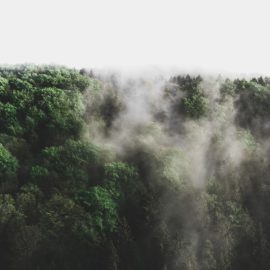
We were protected by our levee system and we did not flood. Those outside the system did not fare as well, look at the post on South Plaquemines Parish.
Louisiana has spent billions of dollars building levees around lakes Maurepas and Pontchartrain, protecting urban and suburban areas from floods and storm surge. But after Hurricane Ida slammed into more rural areas — like the town of Manchac, where the storm lifted at least one home off its foundation and tore up several others — the people who live there say watching those walls of earth rise has only made them feel more vulnerable. In New Orleans, an almost $15 billion levee system stopped Ida from pouring in deadly floodwaters — like Katrina did. To the west, Ida ravaged LaPlace with flooding, just like it did in Isaac. But LaPlace residents are putting hope in a $760 million, 18-mile levee project slated to finish by 2024. But, as Ponchatoula resident Steve Drury helped his brother-in-law’s family save what they could from a gutted house in Manchac — a community of some 30 full-time residents on Lake Maurepas’ northeast shore — he didn’t have any big levee project to look forward to. “They take in a lot of water down there, and we take in a lot of water up here,” Drury said, standing among scattered crab traps and splintered trees. “But when they get their protection, we won’t have any protection from the lake water and all that.”
Theadvocate.com
The problem is water. What the levees used to let in now block and the water – where does it go?
Drury and other locals worry the growing levee system will only make things worse for them. After all, they reason, the water the levees block has got to go somewhere. It’s a concern that emerges again and again over the decades, as levees get approved in a piecemeal way across the basin. As far back as 1970, St. John the Baptist Parish officials voiced concerns about the Army Corps of Engineers’ massive project to protect New Orleans. They worried its walls would funnel more water west — a concern that, in part, drove support for the West Shore project, which broke ground this July. The lack of a barrier between St. John and Lake Pontchartrain makes it vulnerable to storm-surge flooding. Hurricane Isaac illustrated as much in 2012, damaging some 7,200 homes parish-wide. LaPlace flooded again after Ida tore through. But that can be explained by wind direction — not by water pushed west by New Orleans’ levees, said Louisiana State University professor emeritus Craig Colten, who taught historical geography. Likewise, south Tangipahoa Parish residents need not worry that the West Shore levee will inundate them with extra water once it’s built, according to early studies by the U.S. Army Corps of Engineers, which is awarding contracts for the project. Computer modeling shows the finished barriers pushing lake levels up by somewhere between 1.2 and 2.4 inches. That’s much less of an increase “than that of surge and rain associated with a 1% storm event in that area,” said Corps Spokesman Rene Poche, referring to the stretch of lakeshore on Tangipahoa’s southern boundary.
Increasing storm surge is the problem.
Isaac and Ida alike pushed about eight feet of storm surge against Manchac’s shores. The area risks flooding at three feet. But with little chance of Tangipahoa getting its own levee along the northeast shore of Lake Maurepas, which intersects Interstate 55, residents are left wondering how they’ll survive when the next powerful storm sweeps in. “We’ve had a lot more flooding in Manchac in the past five years than we’d ever had previously,” said Kim Coates, a Ponchatoula-area member of the Tangipahoa Parish council and founder of local preservation group Save Our Manchac.
The damage caused can be wide spread ind people are impacted.
With storm surge and rain, Ida filled waterways between Manchac and Ponchatoula to the highest levels Coates said she’d ever seen. Floods spilled over Old La. 51 and poured into houses in this community of fishing huts, camps and a few restaurants and bars. Some homes, like one owned by Drury’s brother-in-law William Bates, blew off their foundations completely. While projections show the West Shore Levee won’t worsen flooding in South Tangipahoa, peoples’ fears over that possibility make sense given the trauma of coping with high waters in the past several years, Coates said. “Being here physically and seeing the water gives you a totally different perspective,” she said. “These last couple of years, the water’s gotten worse and worse. … It’s eerie.”
Representative Garret Graves is a champion for the area.
A champion of the West Shore levee project, U.S. Rep. Garret Graves, R-Baton Rouge, believes a lesson that from Katrina is that it’s a mistake to point fingers at other areas’ flood mitigation plans. “People think, ‘The water’s gotta go somewhere,’ and they’re right,” Graves said. “But when you look at the entire area of Lake Pontchartrain and Lake Maurepas, any impact that would occur from that project is effectively immeasurable.” As a remedy for flood damage in lakeside communities, Graves is advocating for low-level barriers at Chef and Rigolets’ passes — something that would soften the Gulf of Mexico’s inland surge when hurricanes approach. That 50-year-old proposal has lacked political momentum since it appeared in a 2017 update to Louisiana’s Coastal Master Plan. Bates wonders whether he’ll be able to salvage his home after the winds ripped it from the ground. “I hope that I can raise this one, but I don’t know,” he said. “That’s a long, drawn-out process.”
One solution is to support the infrastructure bill but will they? Do we build levees all over? A lot of questions especially now that our levees held.



